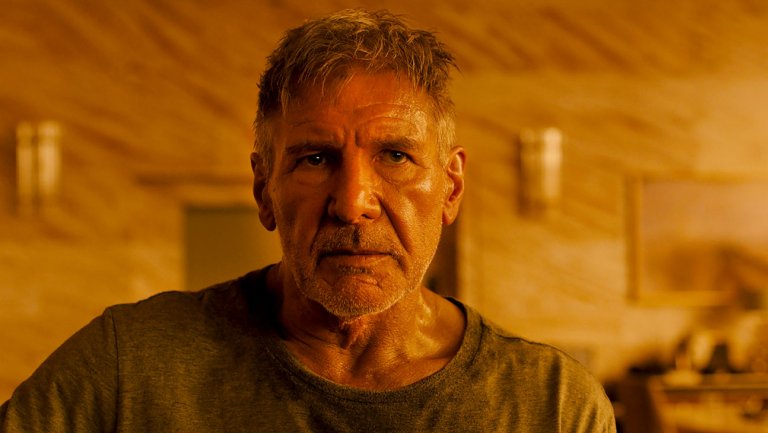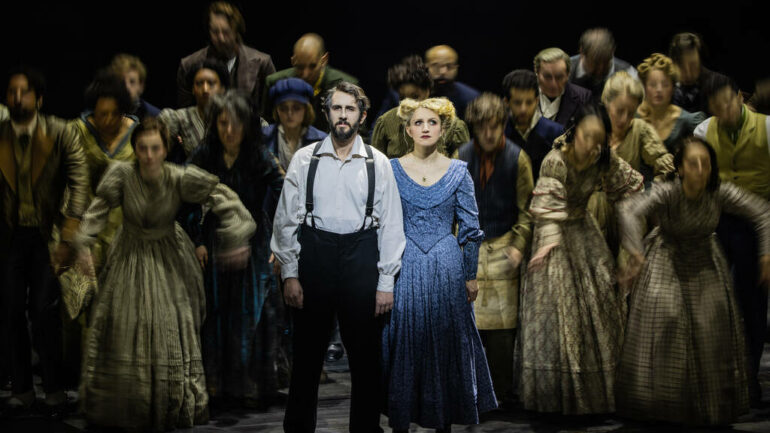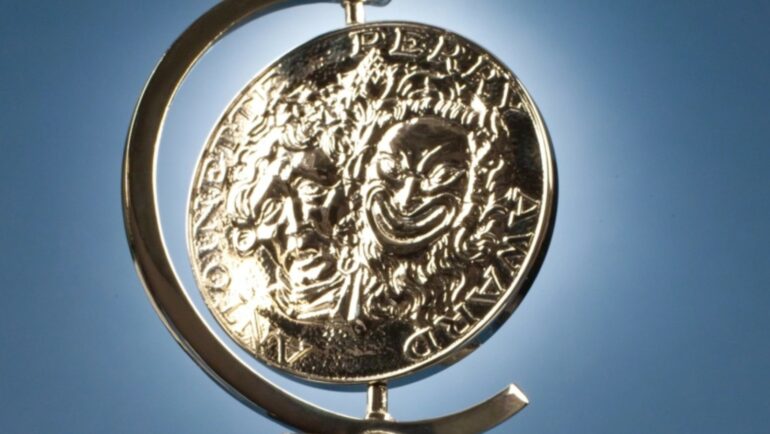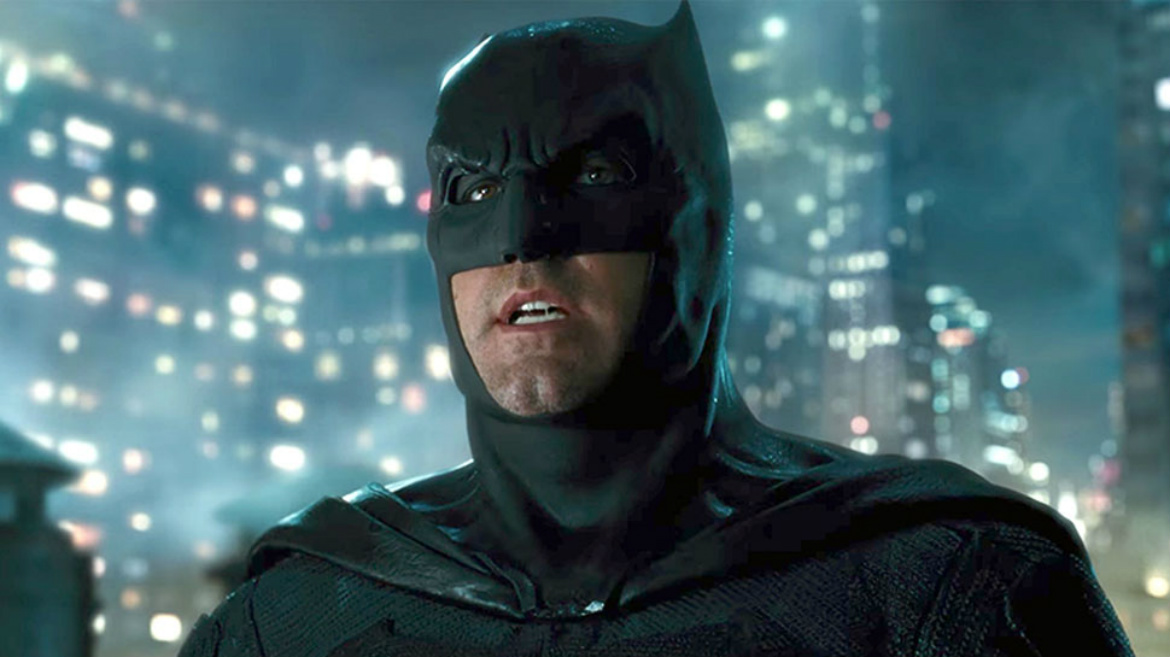Blade Runner is driven by a mystery bubbling underneath the surface, one that its final moments deliberately don’t resolve: is the 1982 film’s protagonist, Rick Deckard (Harrison Ford), a human or a lifelike replicant just like the ones that he’s tasked with hunting and killing? In the Final Cut, the version that director Ridley Scott prefers after decades of behind-the-scenes turmoil, Deckard is about to run away with his replicant paramour Rachael (Sean Young) when he sees that his LAPD partner Gaff (Edward James Olmos) has left behind an origami unicorn. That little paper figure, seemingly representative of a unicorn that Deckard dreamt about earlier in the film, could signify that Deckard was never human. Or it could be a coincidence.
You might figure that a sequel to Blade Runner would attempt to resolve this mystery finally (though Scott has long said he always intended for Deckard to be portrayed as a replicant). Depending on your mileage, you may be either thrilled or disappointed to learn that Blade Runner 2049 continues to hint at Deckard’s identity without directly answering the core question. Partly, this is because Blade Runner 2049, for most of its running time, not only isn’t about Deckard but doesn’t even feature the older, grizzled ex-cop. Instead, the story, set three decades after the first film, focuses on a new blade runner, K (Ryan Gosling), whose identity is ironically never terribly unclear, though it does drive the mystery of the new film, directed by Denis Villeneuve.
When we first meet K, he’s hunting down one of the final replicants from the era when the robot models had indeterminate lifespans and were more prone to rebellion against their human creators. His prey (Dave Bautista) recognizes that K isn’t human at all, he’s just a newer model of replicant tasked to take out his own kind. K soon discovers evidence that suggests something truly impossible: there was once a female replicant that gave birth to a child of hybrid origin. With that knowledge in hand—a female replicant died in childbirth, and the father is AWOL—you may well be able to figure out how this new story connects to the original film. The dead replicant is Sean Young’s Rachael, and the father is Deckard himself. For a stretch of the film, K believes that he is that child before learning that the childhood memory driving his belief was implanted, and he was a replicant all along. Blade Runner 2049 has closure for K: without exactly being happy about it, he accepts his identity.






















Post comments (0)